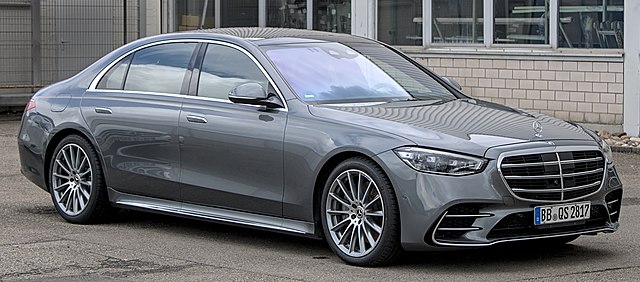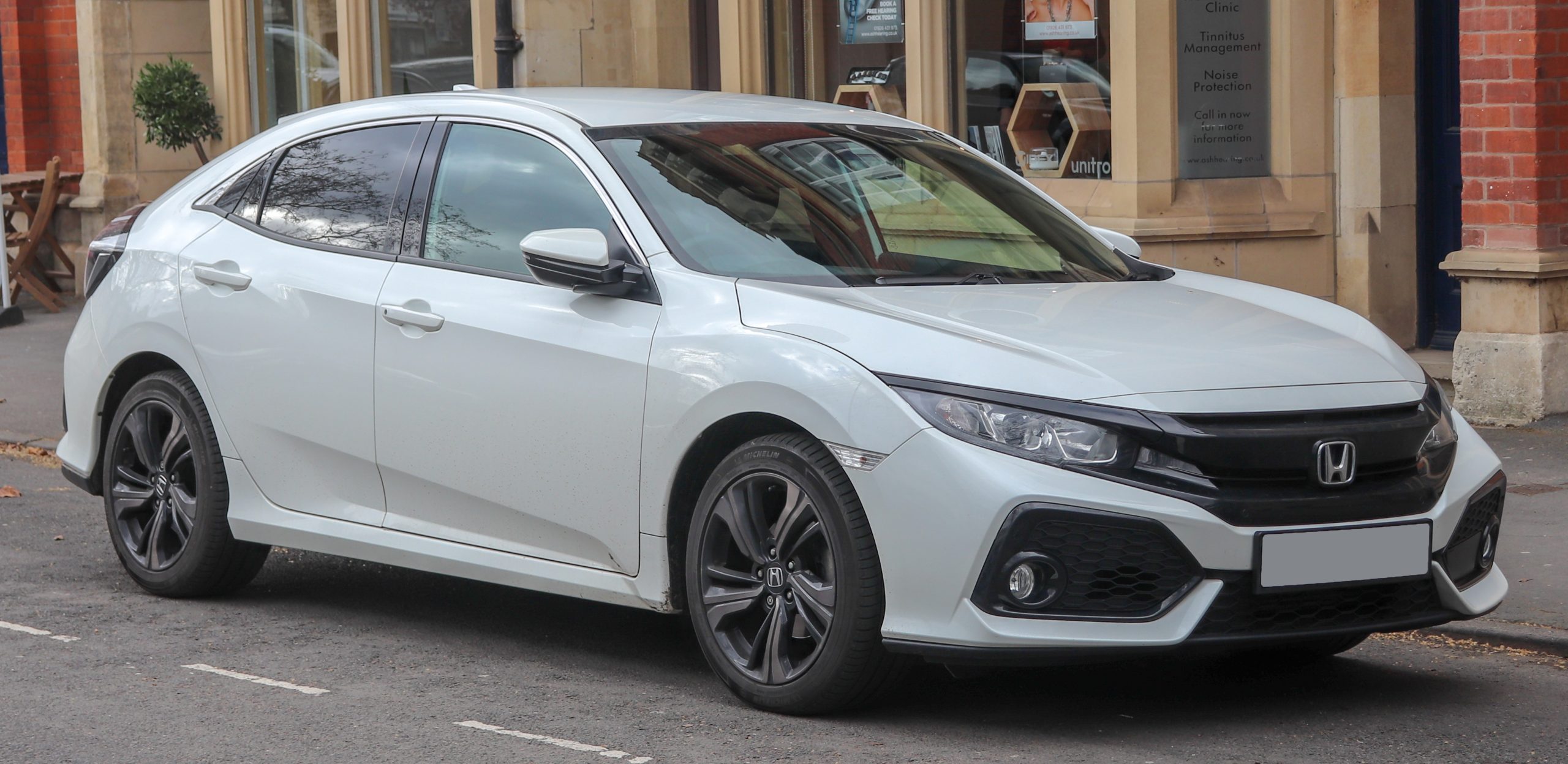Articles
How to Avoid Scams When Buying a Used Car

Buying a used car can be a great way to get a reliable vehicle without the hefty price tag of a new one.
However, the process can sometimes be fraught with risks, particularly if you’re not aware of potential scams.
Scammers in the used car market may use deceptive tactics to hide the vehicle’s true condition, inflate its price, or even sell cars they don’t own.
To protect yourself and ensure a safe transaction, it’s crucial to know the red flags and understand how to avoid scams.
Here’s a comprehensive guide to help you avoid common scams when buying a used car and ensure you make an informed, secure purchase.
1. Research the Vehicle Thoroughly
Before meeting with a seller, do thorough research on the car you’re interested in. Familiarize yourself with the market value of the make, model, and year.
Websites like Kelley Blue Book and can provide accurate price ranges based on the car’s age, mileage, and condition.
Check online marketplaces to see if the car’s price is in line with similar vehicles. If the price is much lower than expected, it could be a sign of a scam, as some sellers may use low prices to lure unsuspecting buyers.
2. Get a Vehicle History Report
A vehicle history report from services like Carfax or AutoCheck is essential when buying a used car. These reports provide critical information, such as accident history, previous owners, and any title issues (like salvage or flood titles).
Scammers may try to hide a car’s true history, so obtaining a report helps verify what the seller says and reveals any potential issues. If the seller refuses to share the VIN (Vehicle Identification Number) or provide a history report, consider it a red flag.
3. Inspect the Car in Person and Bring a Mechanic
One of the best ways to avoid scams is to inspect the car in person before buying. Check for visible signs of wear and tear, rust, paint inconsistencies, and mismatched body panels, as these can indicate previous repairs or damage.
It’s wise to bring a trusted mechanic along to perform a thorough inspection. An experienced mechanic can identify underlying problems that may not be visible to the untrained eye, such as engine issues, transmission problems, or signs of flood damage. Some sellers may hesitate to let you have the car inspected—if so, consider that a major warning sign.
4. Beware of “Title Washing”
Title washing is a common scam where a seller hides a vehicle’s problematic title history (such as salvage or flood damage) by registering it in another state. By doing so, they erase the negative history, making it seem like the car has a clean title.
Always check the title and cross-reference it with the vehicle history report. If there’s any discrepancy in the title status, or if the car’s title was transferred between states, dig deeper to ensure you’re not dealing with a “washed” title.
5. Avoid Wire Transfers or Prepayments
Scammers often ask for wire transfers, gift card payments, or online prepayments for used cars, especially in remote or online-only transactions.
Legitimate sellers will not request payment before you’ve had a chance to inspect the vehicle in person.
Wire transfers and similar payment methods are risky because they’re hard to trace, and it’s nearly impossible to recover your money if you’ve been scammed.
When buying a used car, conduct the transaction in person whenever possible and use secure payment methods, such as a certified check, bank transfer, or cash if you’re meeting in a secure, public location.
6. Check for Odometer Fraud
Odometer fraud, where the seller rolls back the car’s mileage to make it appear less used, is another common scam. This makes the car seem like a better deal and can inflate its value.
To detect odometer fraud:
- Compare the mileage with the wear and tear on the car (e.g., a low-mileage car with heavily worn seats or pedals could be suspicious).
- Request maintenance records, which should show mileage over time.
- Cross-check the mileage on the vehicle history report.
If there’s any inconsistency or if the mileage seems unusually low for the car’s age, proceed with caution.
7. Beware of Curbstoning
Curbstoning is a scam where unlicensed dealers pose as private sellers to offload cars that may be unsafe, unreliable, or even stolen.
These “curbstoners” often advertise online and operate in public spaces, such as parking lots or roadsides, to avoid detection.
To avoid curbstoning:
Ask the seller for proof of ownership and check the name on the title to ensure it matches their identification.
Look for clues that the seller is flipping cars, like multiple ads under different names or phone numbers.
Meet the seller at their residence, as curbstoners often avoid providing personal information or meeting at their home.
8. Use a Trusted Dealer for Certified Pre-Owned Cars
If you’re uncertain about buying from a private seller, consider purchasing a Certified Pre-Owned (CPO) vehicle from a reputable dealer. CPO cars undergo rigorous inspections, often come with warranties, and are less likely to have hidden issues or a questionable history.
While dealerships sometimes charge more for CPO cars, the added peace of mind may be worth the investment. Dealers are also bound by laws to disclose information about the vehicle, which offers added protection.
9. Ask for a Test Drive
Taking a test drive is crucial when buying a used car. It allows you to evaluate the car’s performance, handling, and any potential issues with the engine, brakes, or transmission.
Be cautious if the seller refuses a test drive, rushes the process, or insists on driving the car themselves. A genuine seller will understand the importance of a test drive and let you test the car under various conditions.
10. Trust Your Instincts and Avoid High-Pressure Tactics
Many scammers use high-pressure tactics to rush buyers into making quick decisions. They may tell you that other buyers are interested or that the price will go up if you don’t act fast.
Trust your instincts and walk away if the seller is pushing too hard. It’s better to miss out on a deal than to fall victim to a scam. Reputable sellers are usually willing to allow buyers time to inspect the car and make informed decisions.
Buying a used car doesn’t have to be a risky endeavor. By following these tips, you can avoid scams and make a safe, informed purchase.
Always research the car’s market value, obtain a vehicle history report, inspect the car in person with a mechanic, and avoid wire transfers or high-pressure tactics.
Look out for red flags like title washing, odometer fraud, and curbstoning, and consider using a reputable dealer for a certified pre-owned vehicle if you want added security.
Being vigilant and thorough can help you enjoy the benefits of a used car without falling victim to scams. With these precautions in mind, you’ll be well-equipped to find a reliable used car that meets your needs and budget.















